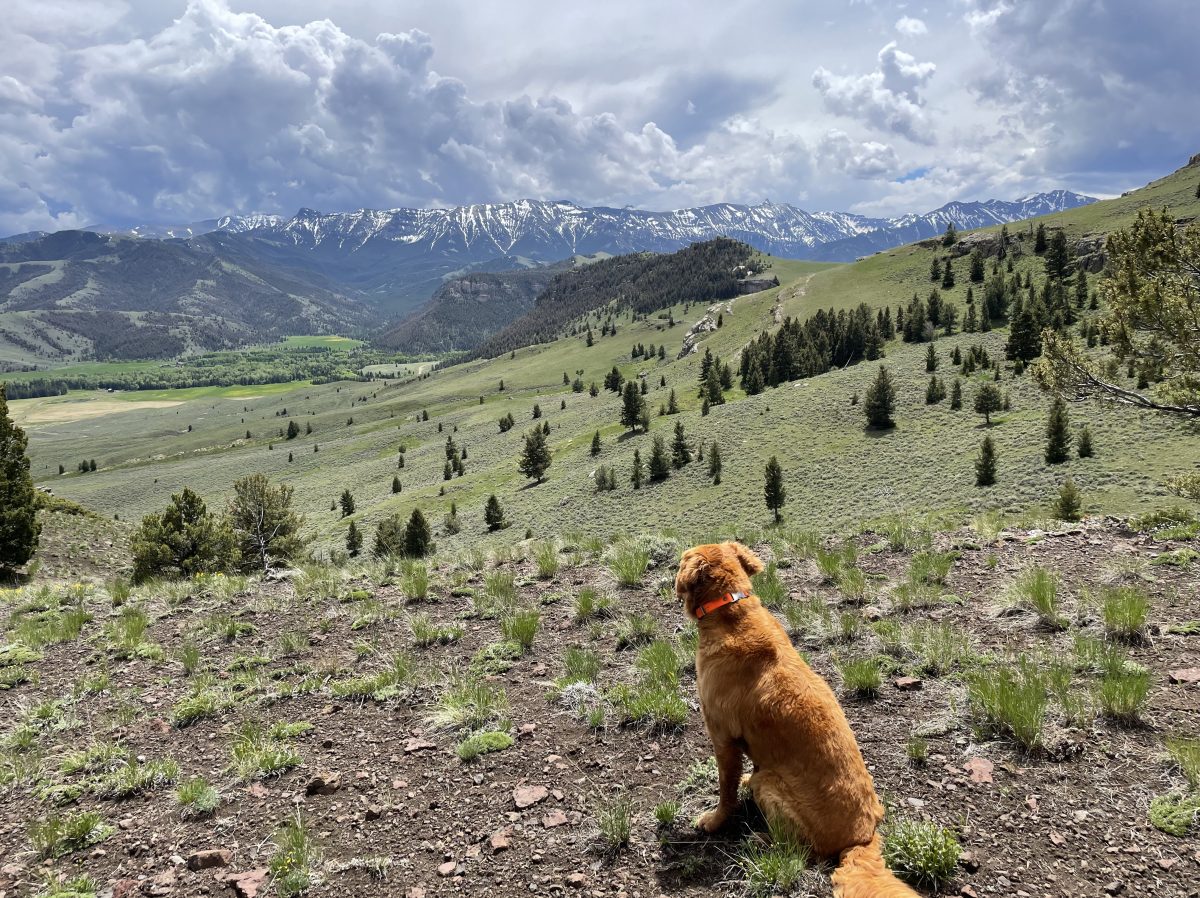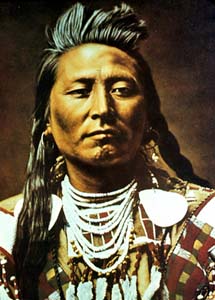I know or have heard of many people declaring that their totem animal is one of the strong, impressive mammals–the wolf, the bear, the cougar, the lynx. Why are so many of the small animals ignored as a totem? For instance, Plenty Coups, the last chief of the Crow Indians, had a vision in which his totem animal was revealed to him. This small little bird was his guiding inspiration, the totem whose wisdom saved his people and won them a reservation on their native lands.

“Listen, Plenty-Coups” said a voice. “in that tree is the lodge of the Chickadee. He is the least in strength but strongest of mind among his kind. He is willing to work for wisdom. The Chickadee-person is a good listener. Nothing escapes his ears, which he has sharpened by constant use. Whenever others are talking together of their successes or failures, there you will find the Chickadee-person listening to their words. But in all his listening he tends to his own business. He never intrudes, never speaks in strange company, and yet never misses a chance to learn from others. He gains success and avoids failure by learning how others succeeded or failed, and without great trouble to himself. There is scarely a lodge he does not visit, hardly a Person he does not know, and yet everybody likes him, because he minds his own business, or pretends to.
“The lodges of countless Bird-people were in that forest when the Four Winds charged it. Only one is left unharmed, the lodge of the Chickadee-person. Develop your body, but do not neglect your mind, Plenty-Coups. It is the mind that leads a man to power, not strength of body.”
We think only of these large mammals as totems because, I propose, we no longer fully ‘know’ animals anymore. Who amongst us could understand the ‘Chickadee-person’ like Indians that lived with all the animals, large and small, observing them in detail day in and day out? Each animal has a special quality, a unique force that can connect a person to that higher need in themselves.
I also wonder if there are dual totems; totems in tandem that make up the whole, rather than just a partial piece. For instance, when I was told that Soona had bone cancer, I knew her slow death would be excruciating, as well as debilitating. Not a life for a dog. I got some good advice: take off work for a week and do all the things with her that she loves, then put her down.
I took off work, but was agonizing over the decision, even though I knew it was best for her. During that week that stretched into two, I was given a series of dreams. All my dreams had wolves in them–courage, strength, canine. Yes. But they also contained an important critical ‘other’ totem–elk. In each dream, over and over, I watched wolves take down and kill elk. It was the full circle of life. In every dream, my focus wasn’t on the wolves, but on the dying elk. I would look deeply into the eyes of the elk as she lay dying and saw there was only a quality of complete surrender. She knew this was her ‘dharma’ or lot in life. No remorse, no fear. I realized it was Soona’s time to go, like these elk, and she was surrendered to it. It was only me that wasn’t.
So the totem wasn’t just the wolf, but the wolf and the elk. They are one and there can’t be one without the other. Their lives and deaths are intertwined. They are one totem, coins representing both sides. The Yin and the Yang.
Does that mean my friend who changed his name to Wolf, should be Wolf-Elk? Or the one now known as Bear be Bear-roots? Lynx-Hare? Cougar-Deer?










